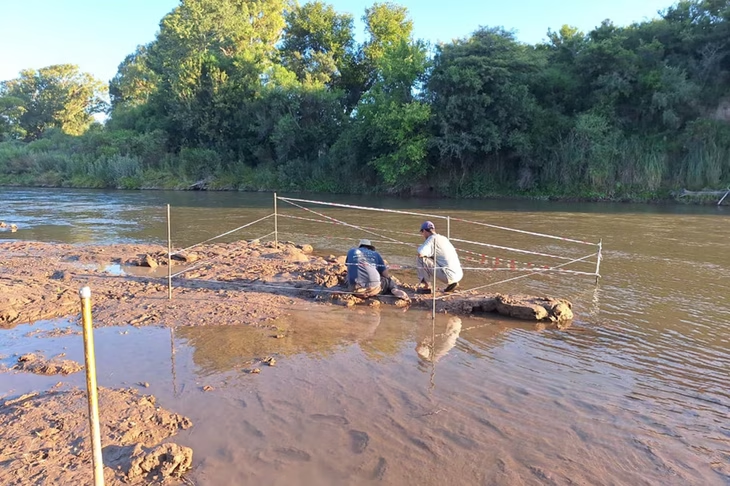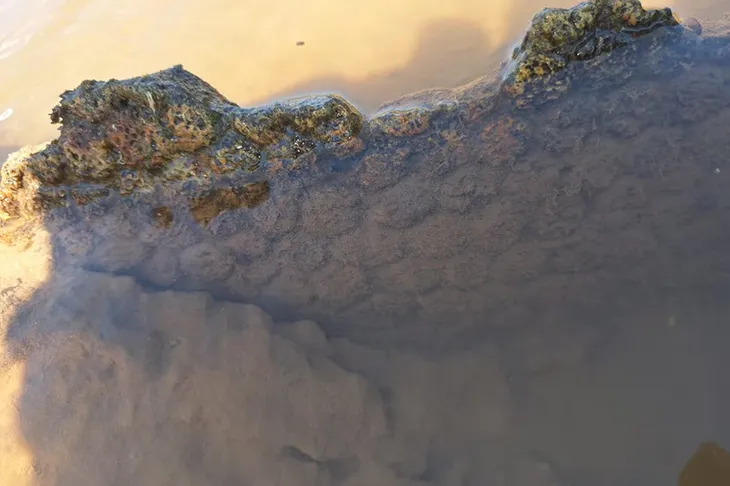It was a student of Villa María who made this impressive finding. Find out all the information.
A team of researchers and paleontologists discovered remains fossils of a gliptodon In a river in the province of Córdoba, Argentina. It is a significant finding, since this kind of battleship mammal It was extinguished approximately 10,000 years agoat the end of the Pleistocene.
The content you want to access is exclusive to subscribers.
The discovery happened in Pampayasta, Córdoba. At the moment the researchers warned that it is possible that they take between 6 months to a year in order to have all the information about fossils since having been in contact with water for so many years can make work difficult.


Meanwhile, the finding site will be analyzed in Look for more evidence that can provide information on the presence of these animals in the region.
Cordova

Córdoba Giptodonte.avif

They found remains of a gliptodon in Córdoba
When the student of Villa María found the object, he cleaned it with water thinking that it was about a vajilla or something of large size, but I never expect the final result. The boy contacted the local authorities, who gave notice to the researchers about the finding.
The gliptodon was a herbivorous mammal that could reach the three meters long and weigh more than a ton. His main characteristic was his bone shell, which served him as protection against predators.
The discovery of these fossil remains is relevant because it allows scientists study more about prehistoric fauna from Argentina and the environmental conditions of the time when these land giants inhabited the continent. In addition, it contributes to the understanding of the evolution of armadillos and other related species.
How was the gliptodon
The researchers confirm that the species could be identified Glyptodon reticulatusa species that inhabited in the Chacopampeana region and in the mountains of Córdoba during the age of the late Pleistocene that began 126 thousand years ago and reached up to 11,700 years.
Among the remains found, part of the tail, a flow tube, vertebrae, flow rings and dorsal shell plates were identified. As indicated by the institution’s specialists, it was the first time that flow rings of this species were added to the museum’s collection.
Source: Ambito
I am Pierce Boyd, a driven and ambitious professional working in the news industry. I have been writing for 24 Hours Worlds for over five years, specializing in sports section coverage. During my tenure at the publication, I have built an impressive portfolio of articles that has earned me a reputation as an experienced journalist and content creator.




